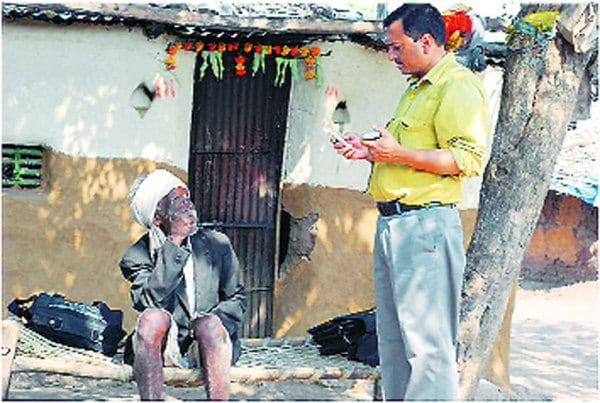Written by Amruta Lakhe | Published on:October 19, 2014 1:00 am
Jalgaon Jamod is a sleepy tehsil tucked away in the Satpura ranges of the Buldhana district on the Maharashtra-Madhya Pradesh border. While Jalgaon means water village, the name Jamod possibly dates back to the 17th century. Mughal empress Mumtaz Mahal, while travelling to Burhanpur, Madhya Pradesh, with Emperor Shah Jahan, died during childbirth near Jamod, giving rise to the name, “Ja-e-Maut” or “place of death”. Over the last few decades, Jalgoan Jamod finds itself witness to a slow death: of its rich and ancient language, Nihali. Spoken by the locals for centuries, the language now has only 2,500-odd speakers and has recently found itself in Unesco’s list of critically endangered languages.
The urgency of this vanishing language was not lost on Dr Shailendra Mohan, associate professor in Austro-Asiatic linguistics at Pune’s Deccan College Postgraduate and Research Institute. Five years ago, the linguist began his search for the language’s origins, digging at its roots by treading the dusty paths of Jalgaon Jamod.
Even for an endangered language, Nihali is special. “Nihali is a language isolate. This means that it is not related to any other family of languages,” says Mohan. Like, he explains, hand in Marathi is haath and in Punjabi is hatha. “These regions are miles away from each other, yet their lexicon is derived from one family of language: Indo Aryan. But Nihali does not belong to any of the four Indian language families.” One theory is that it is the relic of some ancient pre-Indo Aryan, pre-Dravidian, pre-Tibeto-Burman and pre-Austroasiatic lost language, with possible links to other language groups such as Nostratic, Kusunda, a language spoken in Nepal, and with Ainu in Japan. “But we still don’t know for sure where it originated, which makes it extremely rare and precious.”


Mohan had been studying the language for years ever since it became a part of his research while studying at Jawaharlal Nehru University (JNU), Delhi. He was awarded a grant from the Endangered Languages Project by the School of Oriental and African Studies, London, last year to begin the first documentation of Nihali. “There is no government support in Jalgaon Jamod, nor is there an academic body that supports this kind of study. So establishing trust and building contact with the locals was crucial,” he says. Over repeated trips, Mohan visited schools, town offices, attended the panchayat meetings and asked for help from the sarpanch. Two years later, when he was confident that he had built a good rapport with the locals, he began work.
He would listen to village elders render folk stories and songs in broken Nihali and soon came to realise how rich their history and mythology was. “For instance, Nihalis sing songs of the Ramayana, but they also worship Ravana as their hero,” he says. As the locals spoke, Mohan took photographs, shot hours of video footage and wrote extensive notes which he would translate word for word later. Nihali has a unique sound pattern: water is joppo, to eat is ti and drink is delen. Surrounded by forests, the locals have their own version of Panchatantra or fables with animals at its centre.
When the locals became aware of Mohan’s quest, they appreciated someone recording their songs, stories and their lifestyle. “Language changes unconsciously, we do not realise it during every day use. But the documentation programme has inculcated a sensitivity towards their language. They are now aware that their language is different from other communities and that there are less number of speakers,” he says.
Though Mohan’s project is just about documenting the language, he is also looking at why Nihali is nearing extinction. “The locals have inter-married the language with Marathi, Korku and Hindi. Even if a child speaks Nihali at home, once he enters a classroom, he instantly switches to Marathi. A language stays alive only when parents speak the mother tongue with their children. I don’t see that happening with Nihali. When the next two generations pass by, the language might vanish with them,” he says. That there is no defined script for Nihali adds to the problem.
In the final phase of his project, Mohan is collating more than 20 hours of archival video, audio recordings and thousands of photographs of the locals to come up with a basic text on Nihali grammar. He will soon publish the first trilingual dictionary of Nihali-English-Hindi with 2,000 words. While Mohan’s search continues, Nihali’s struggle for survival has just begun.
No comments:
Post a Comment